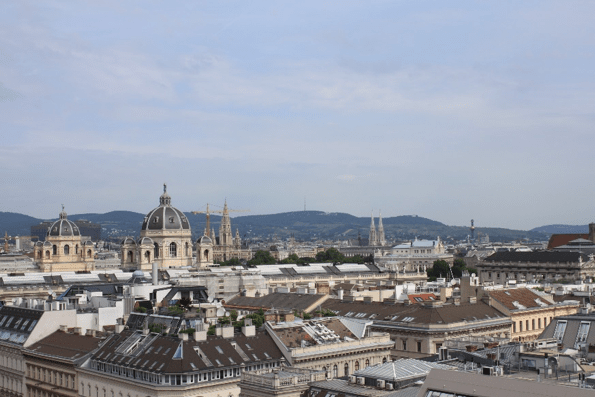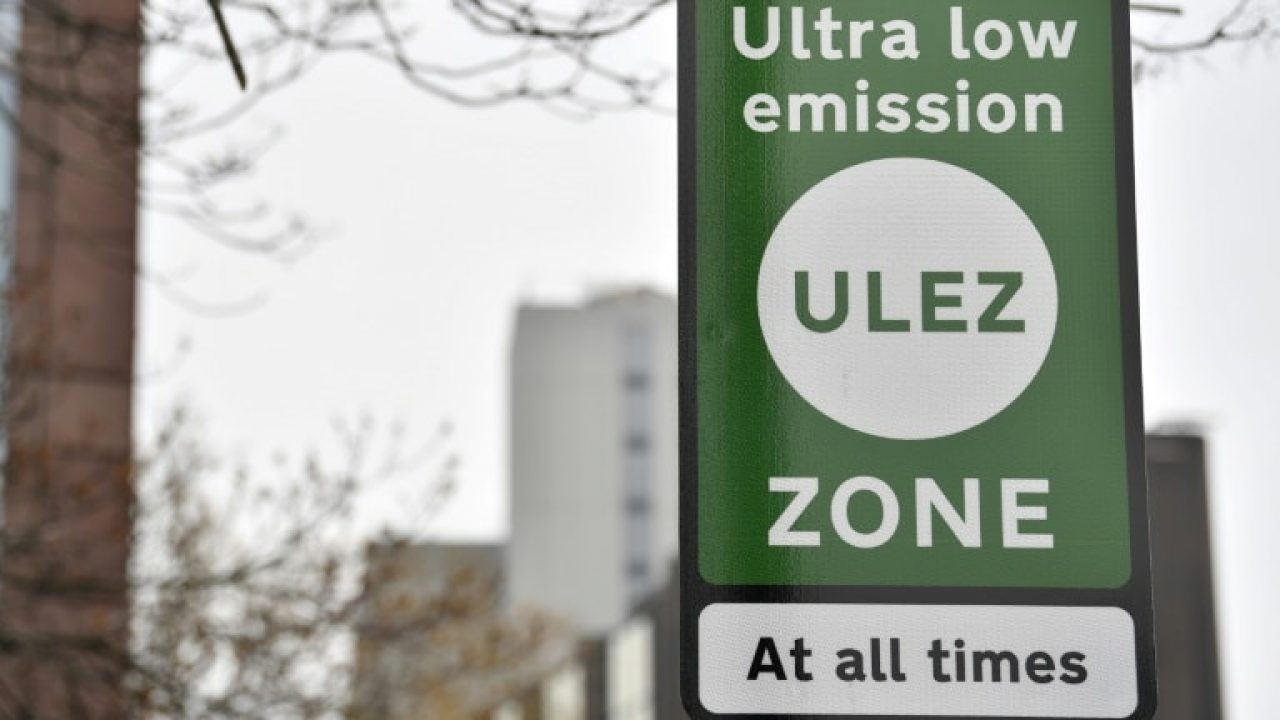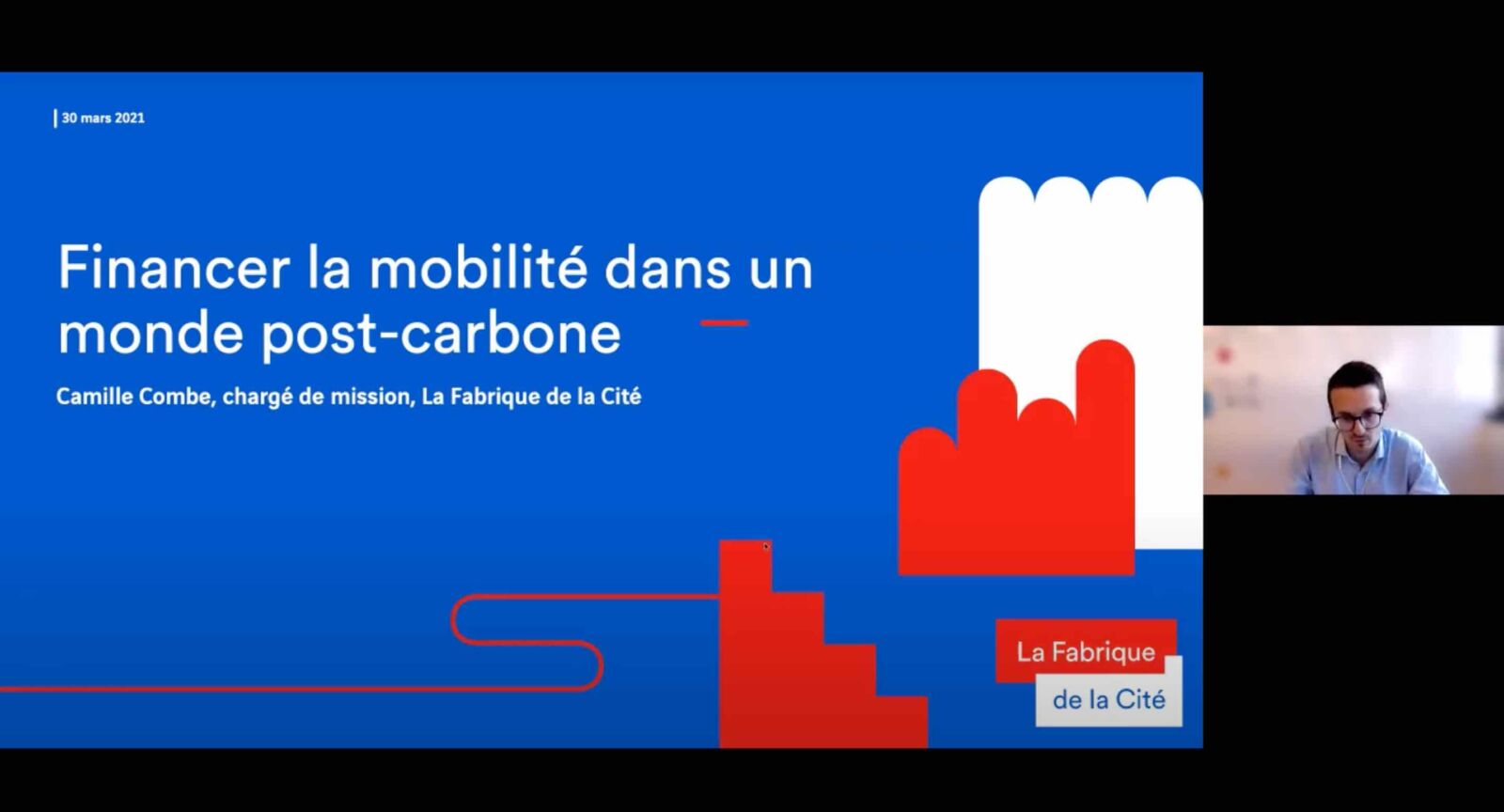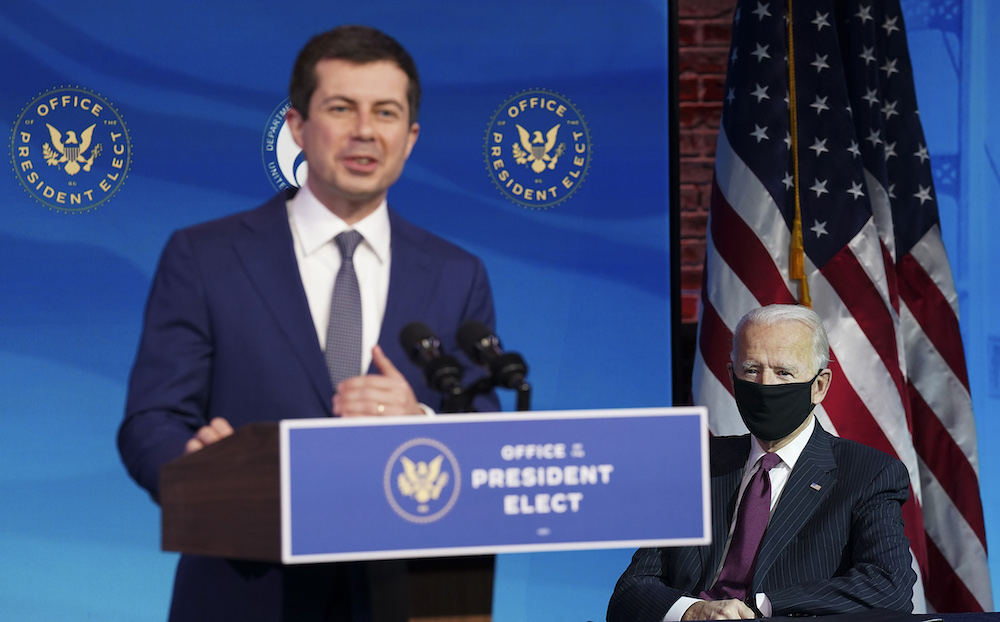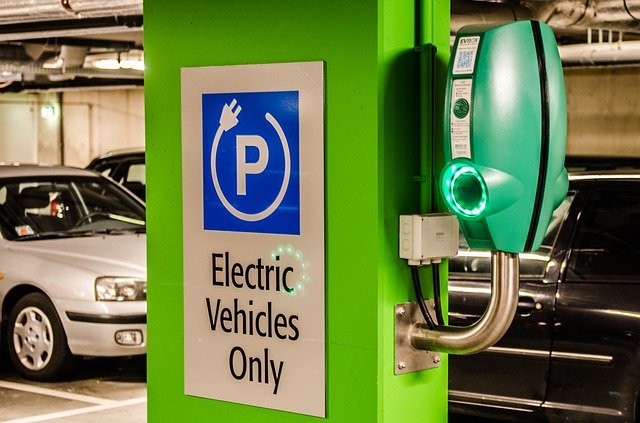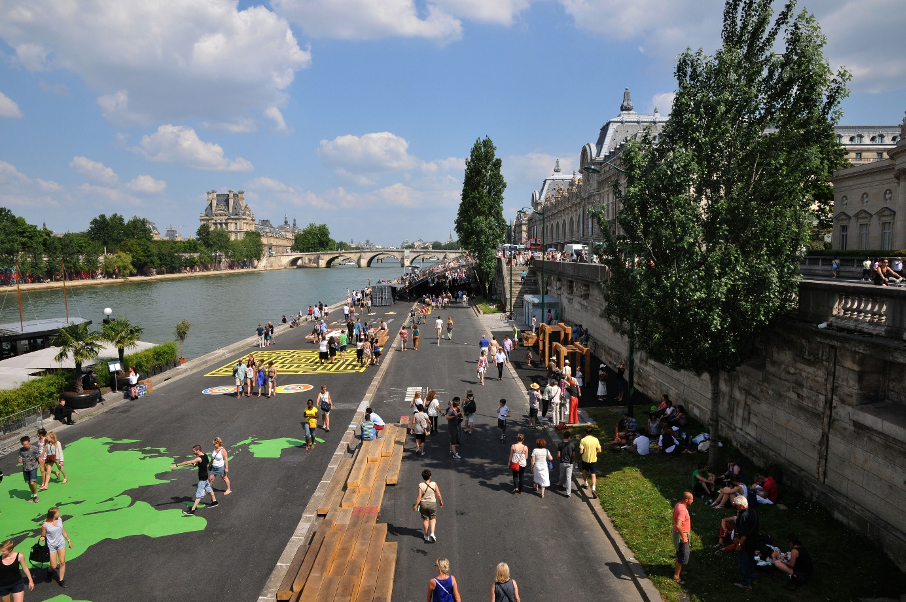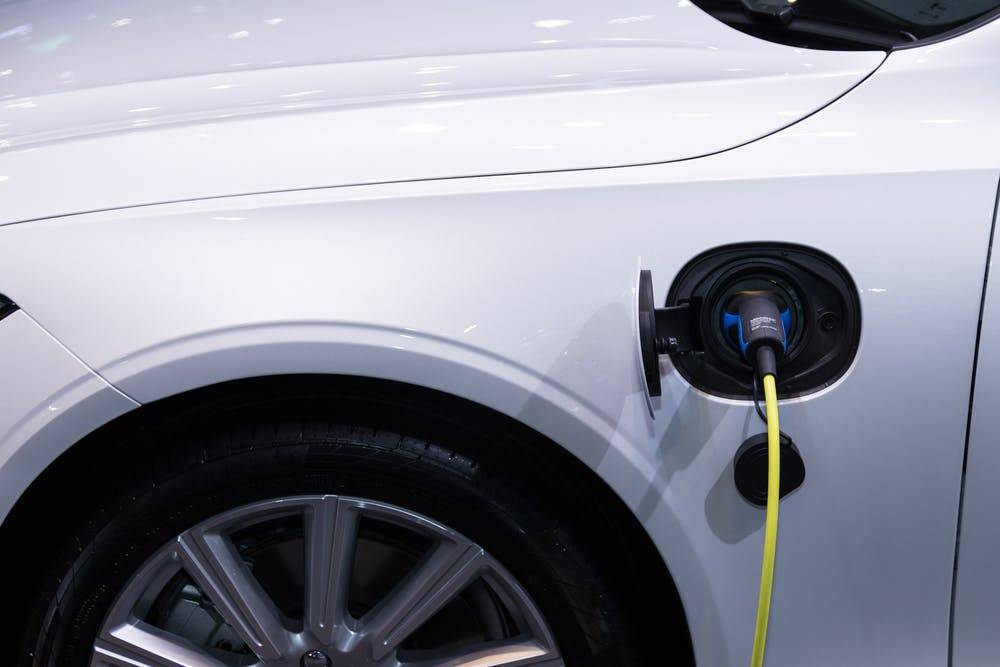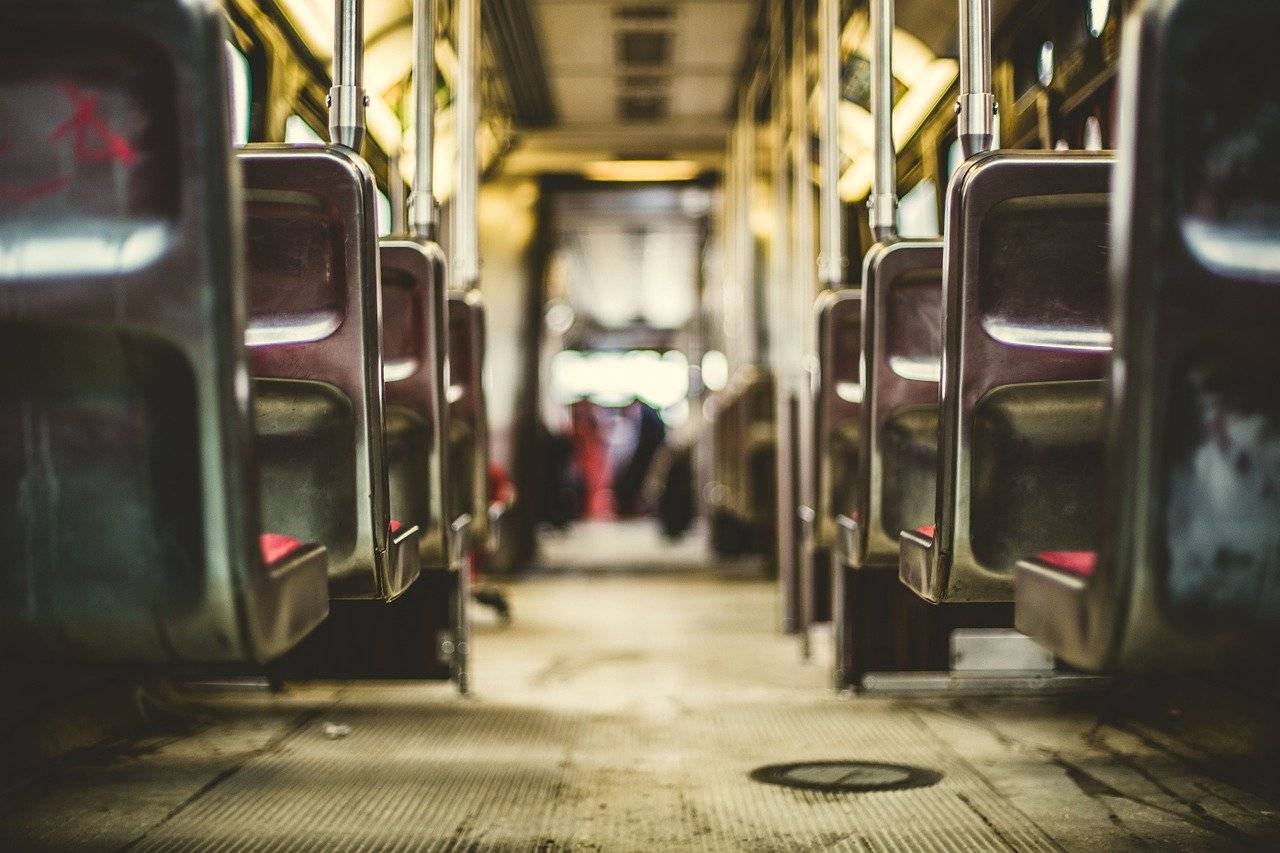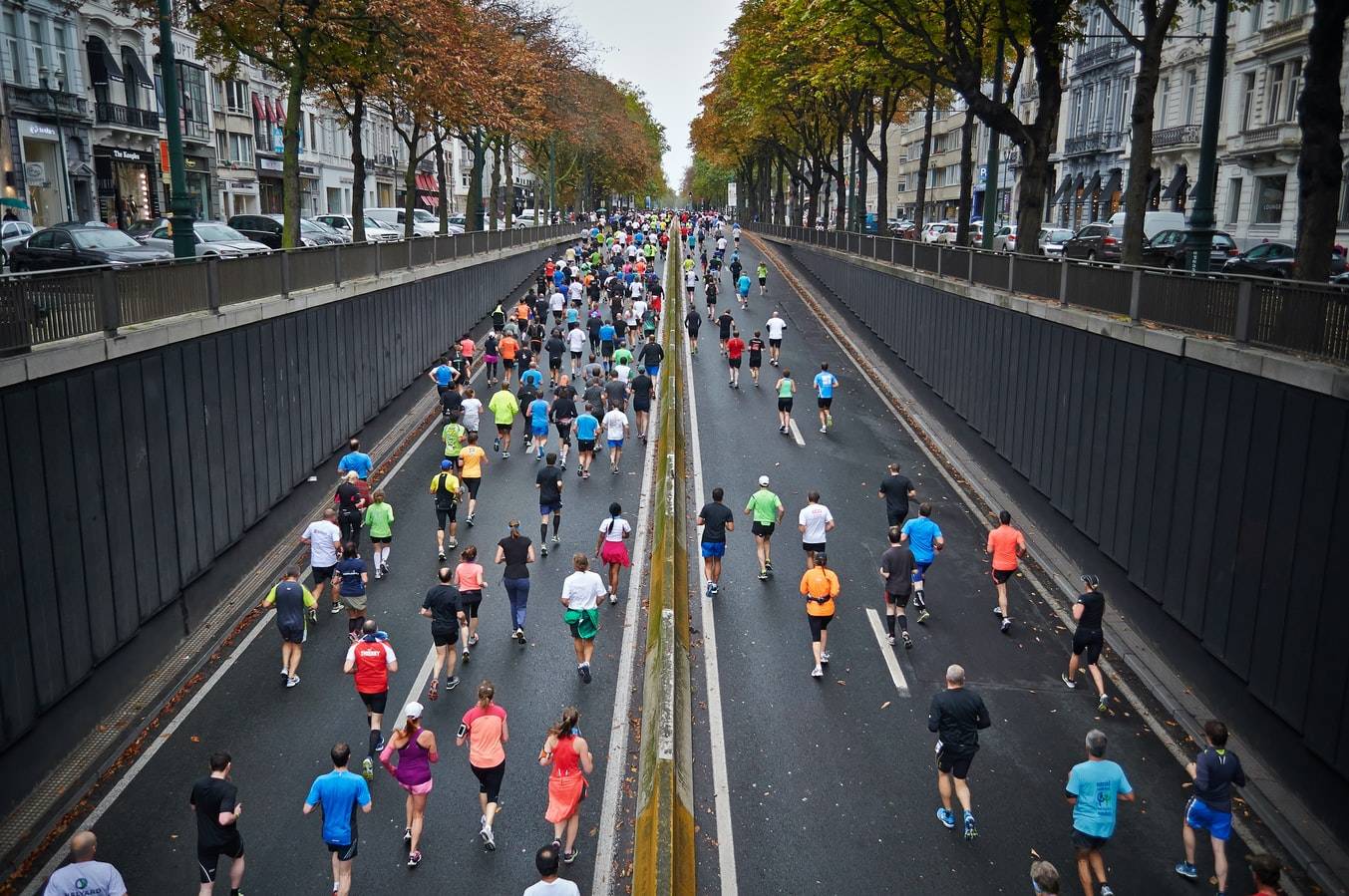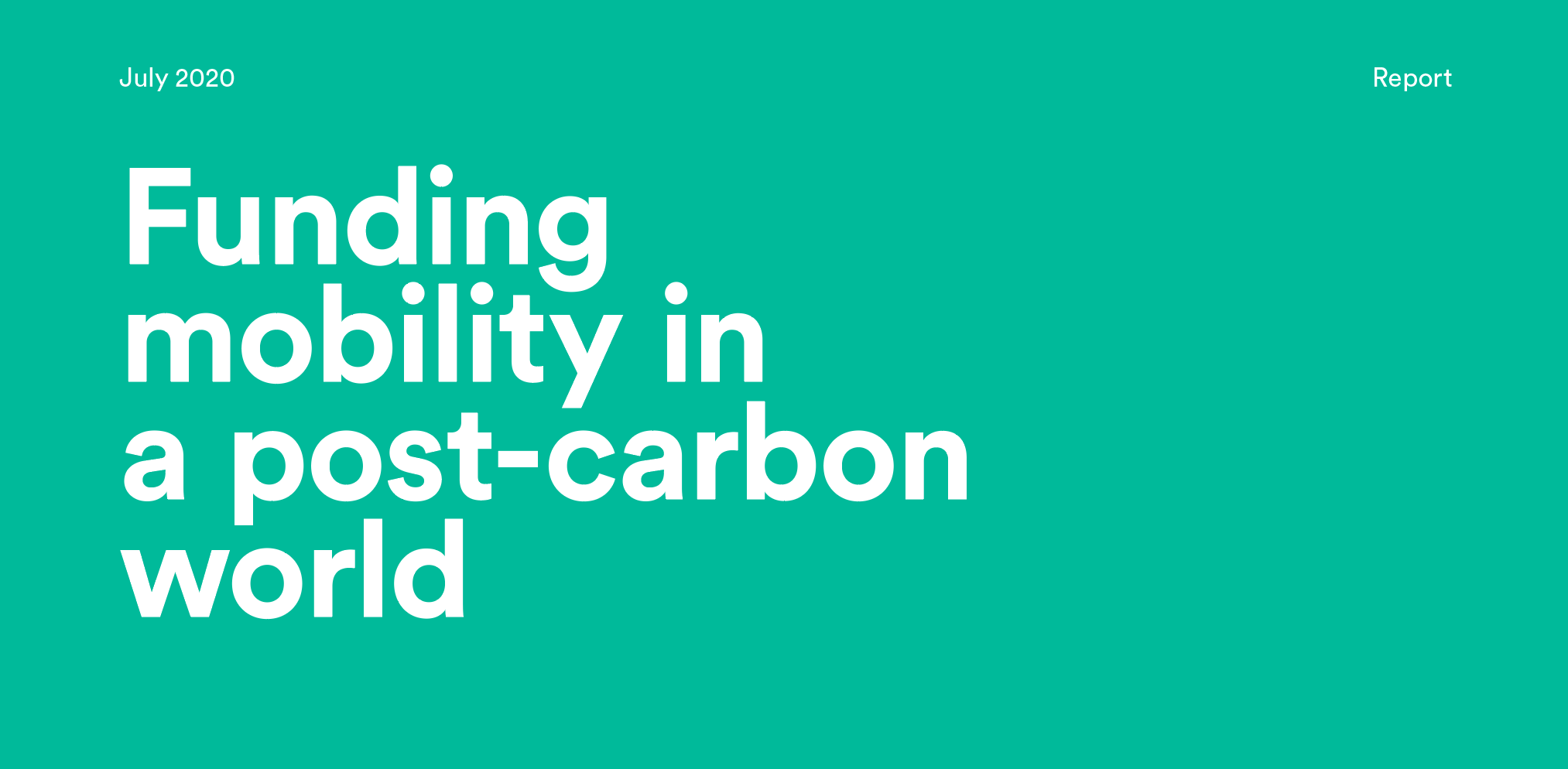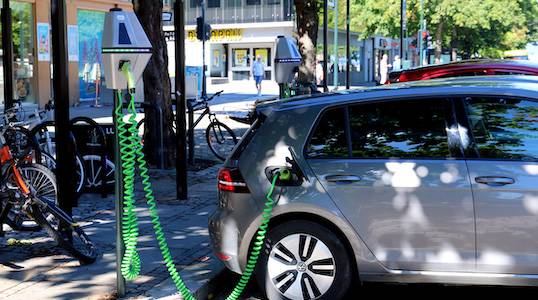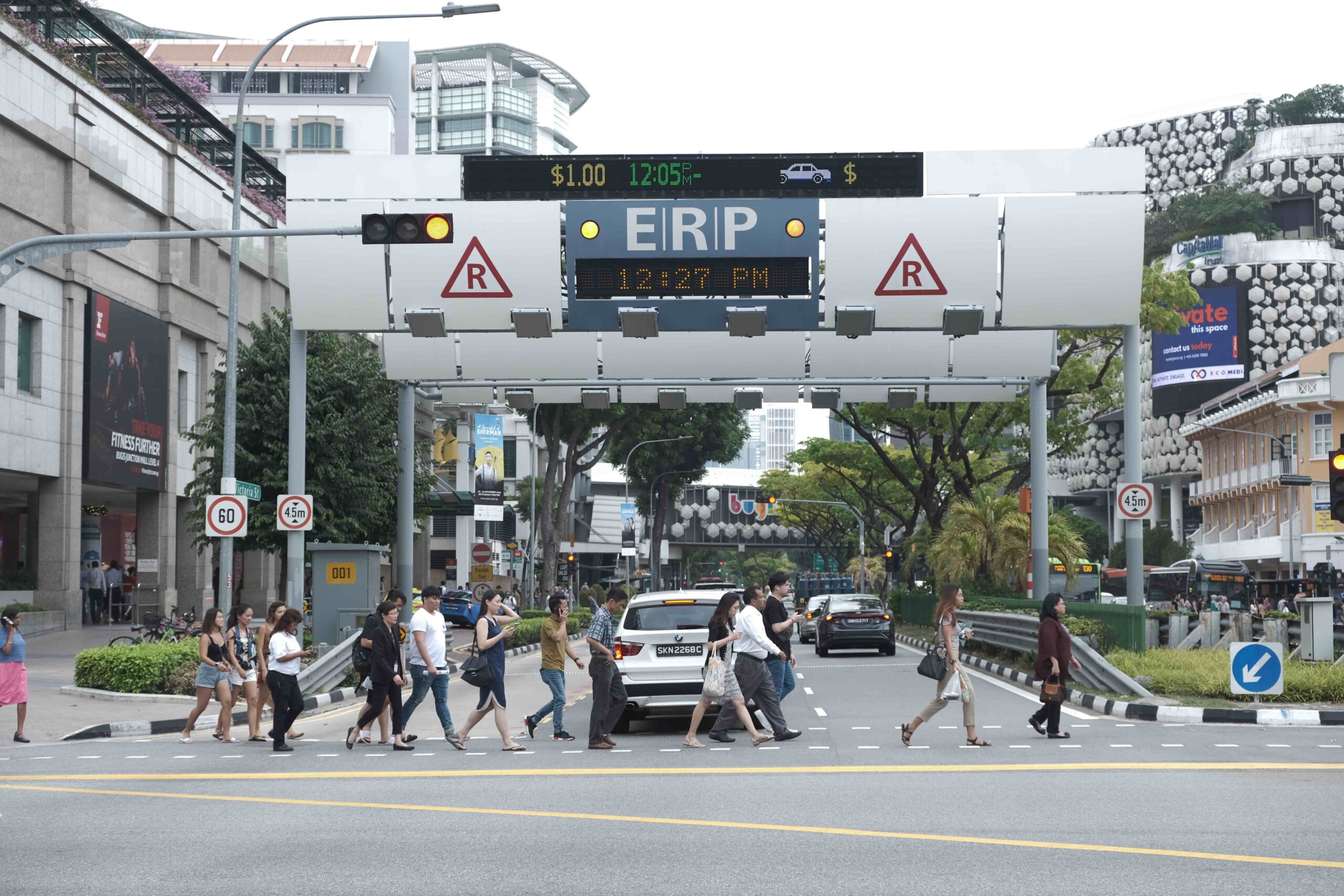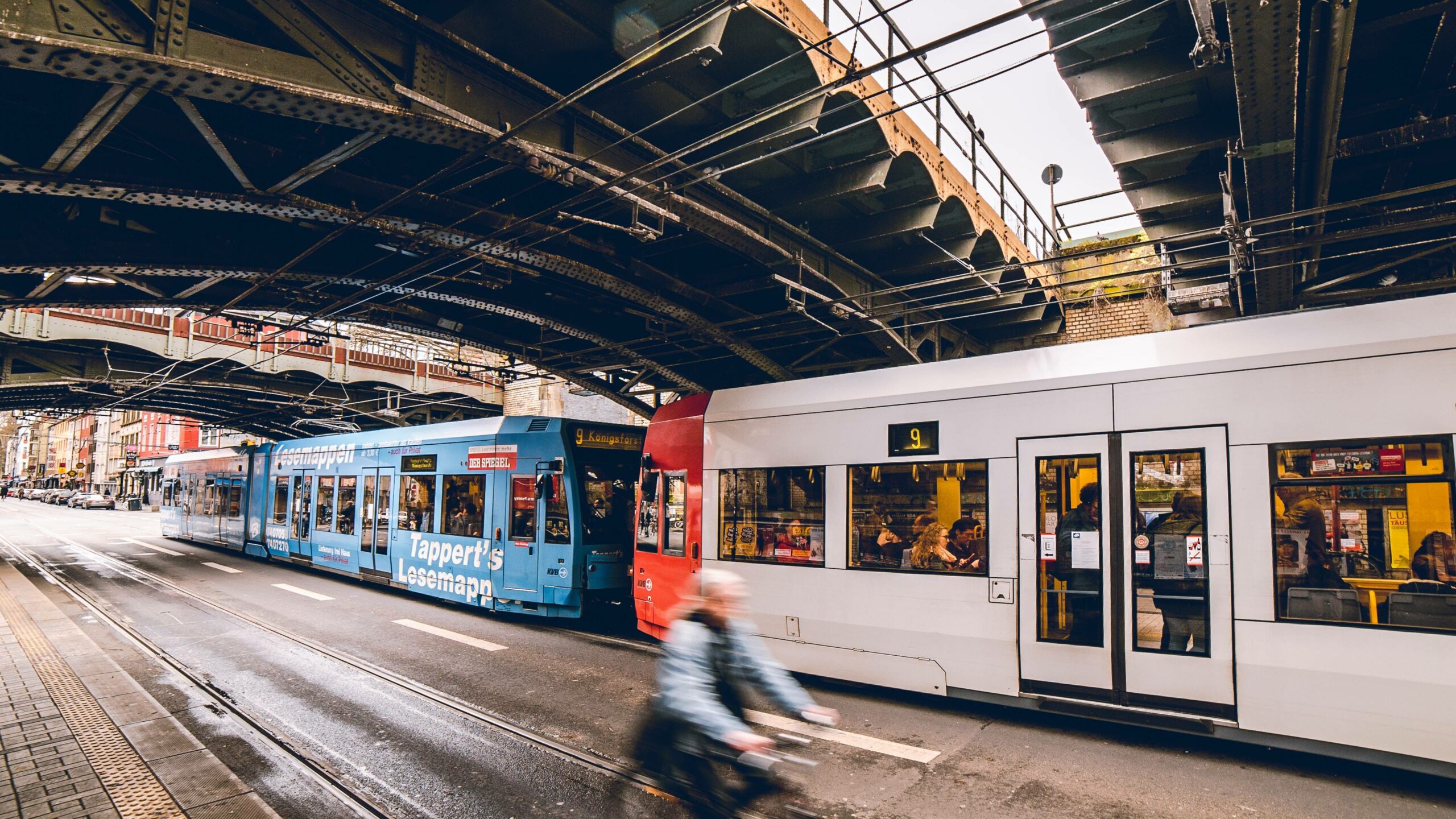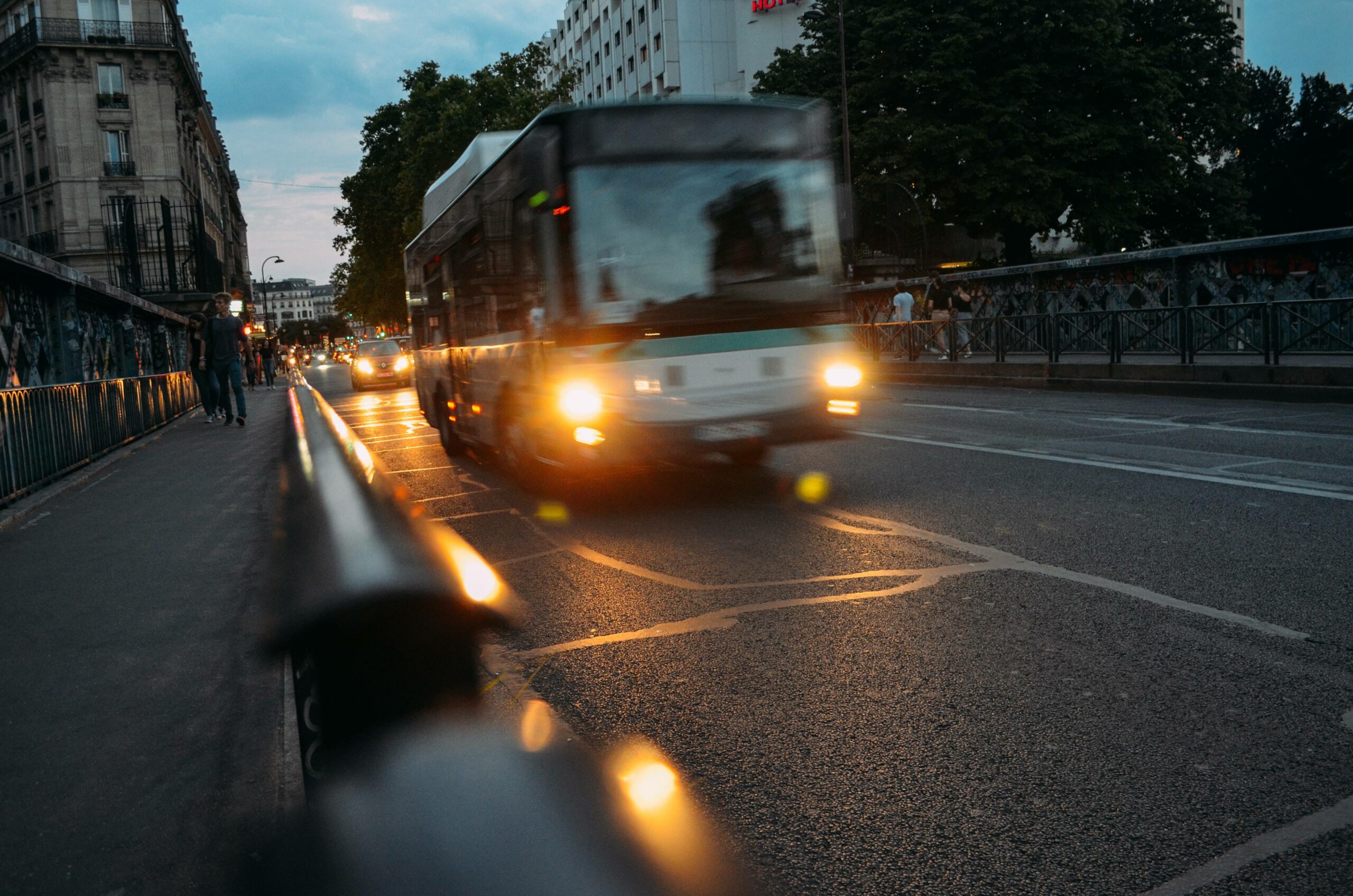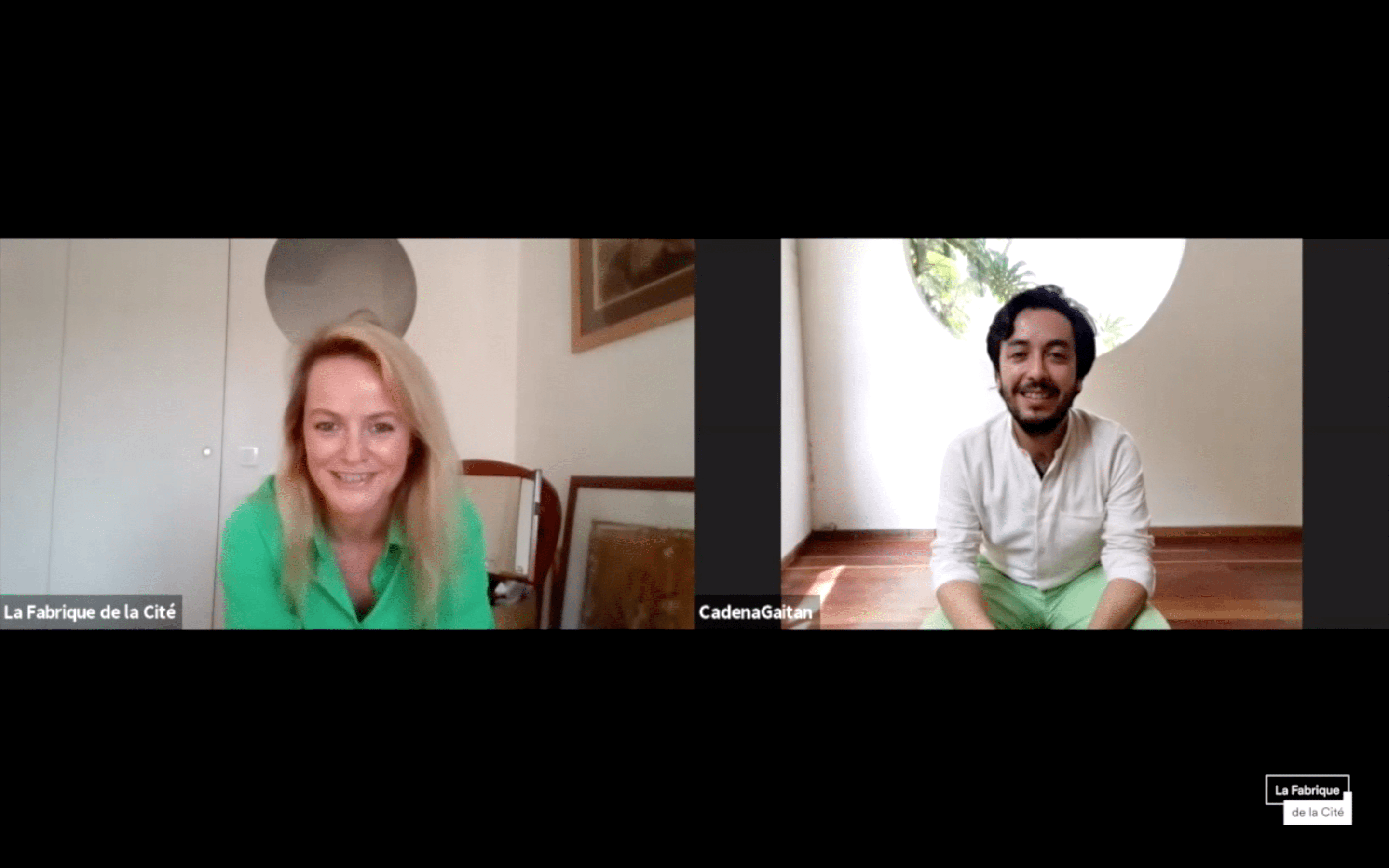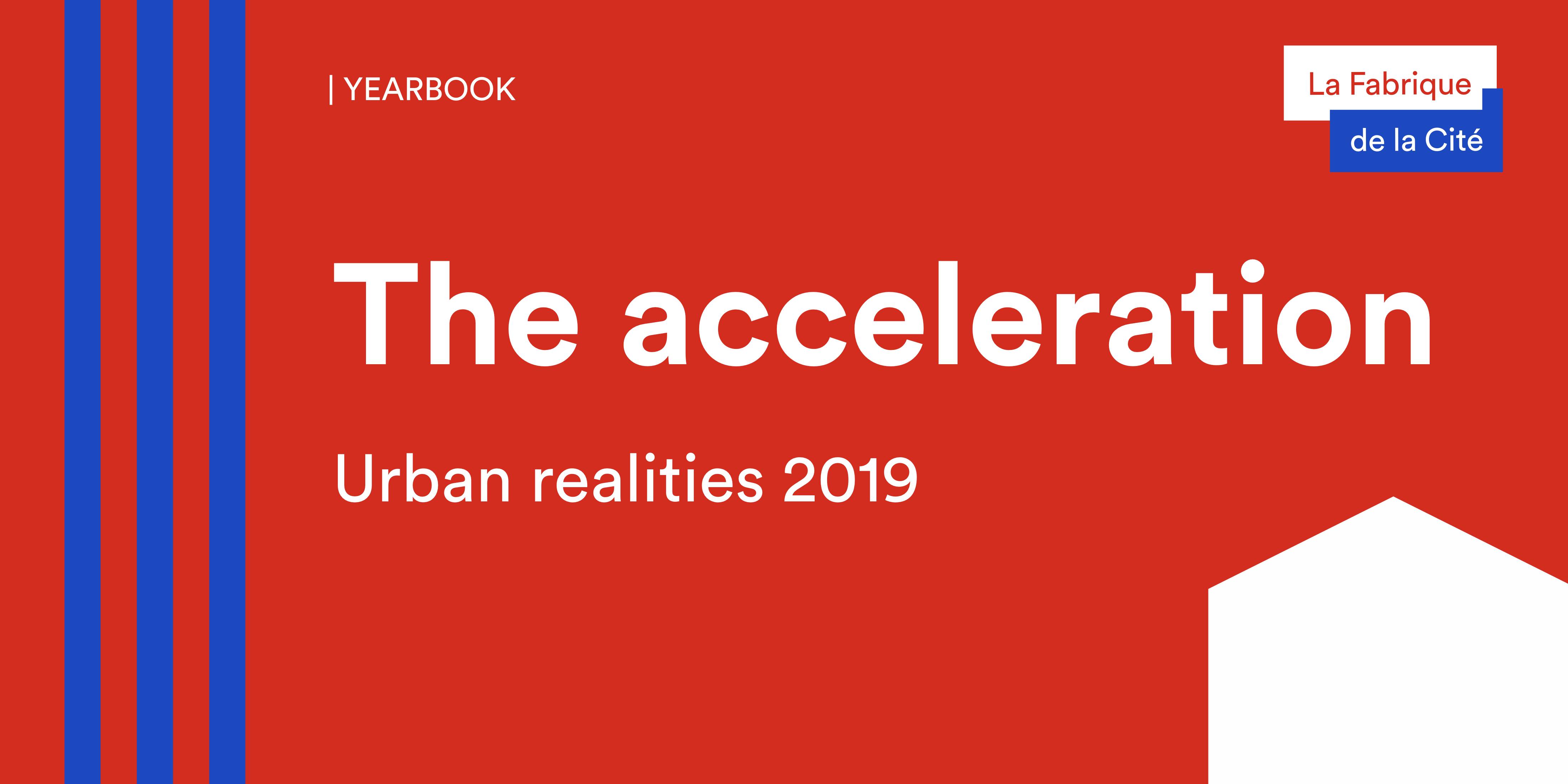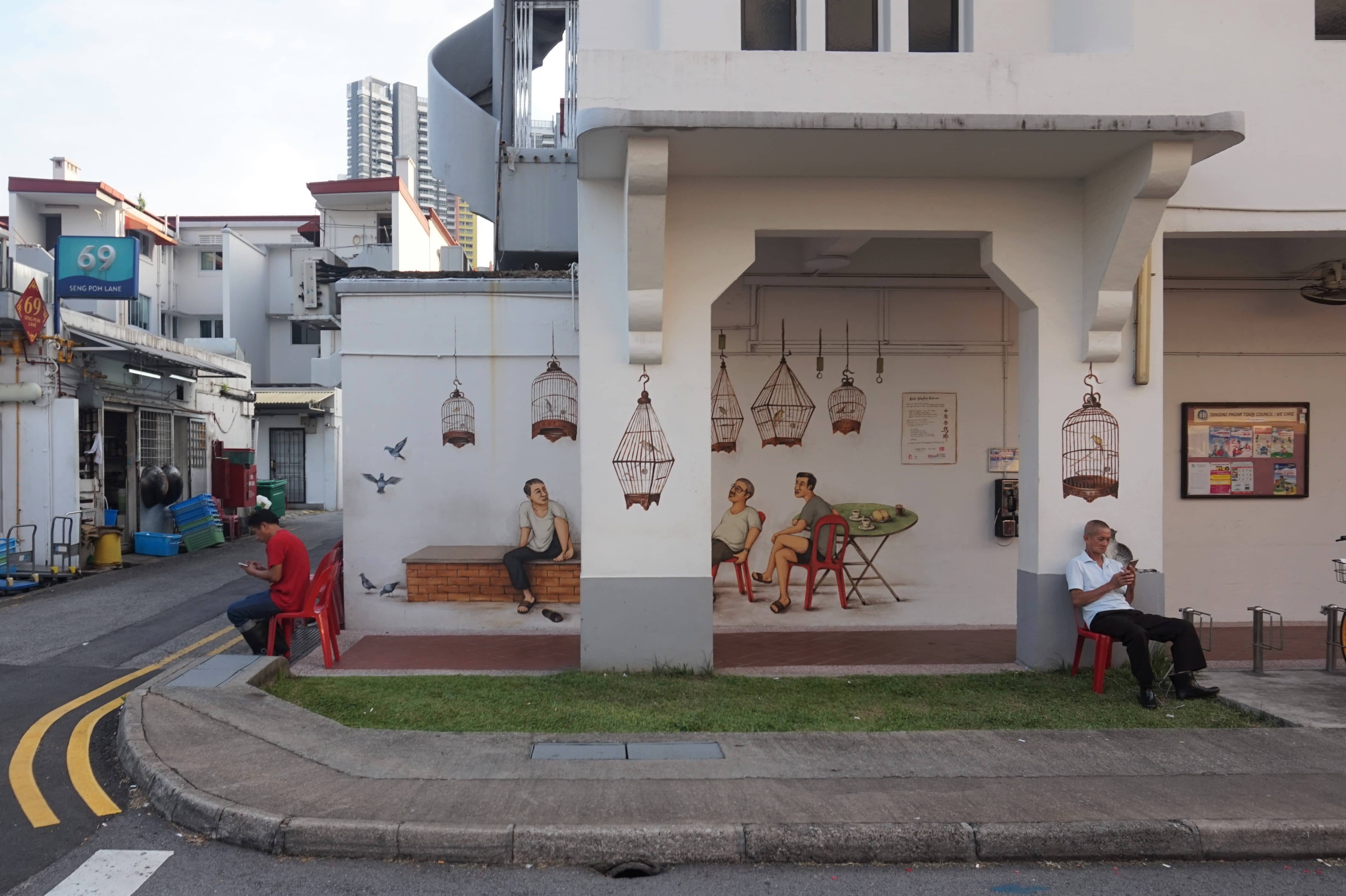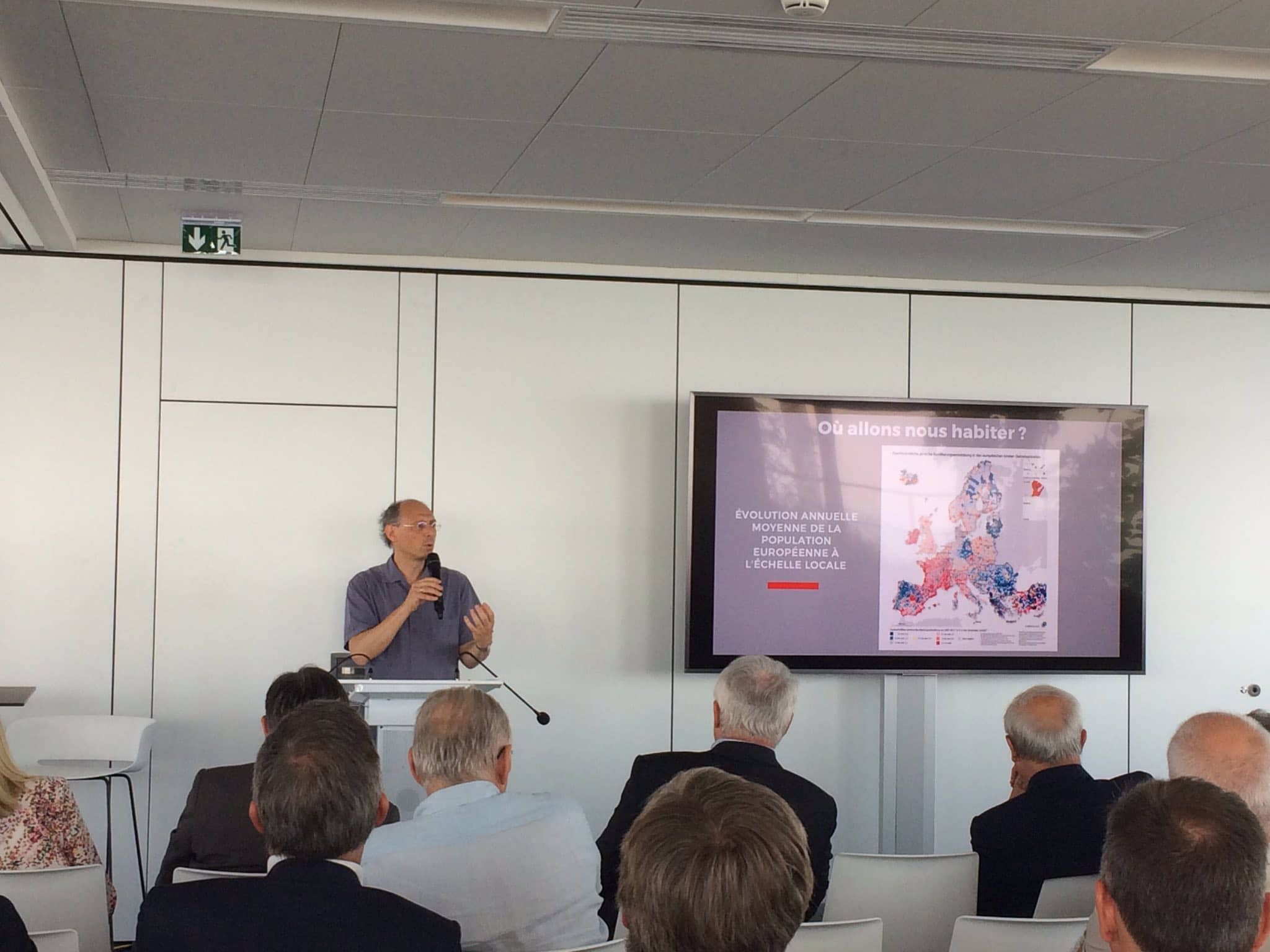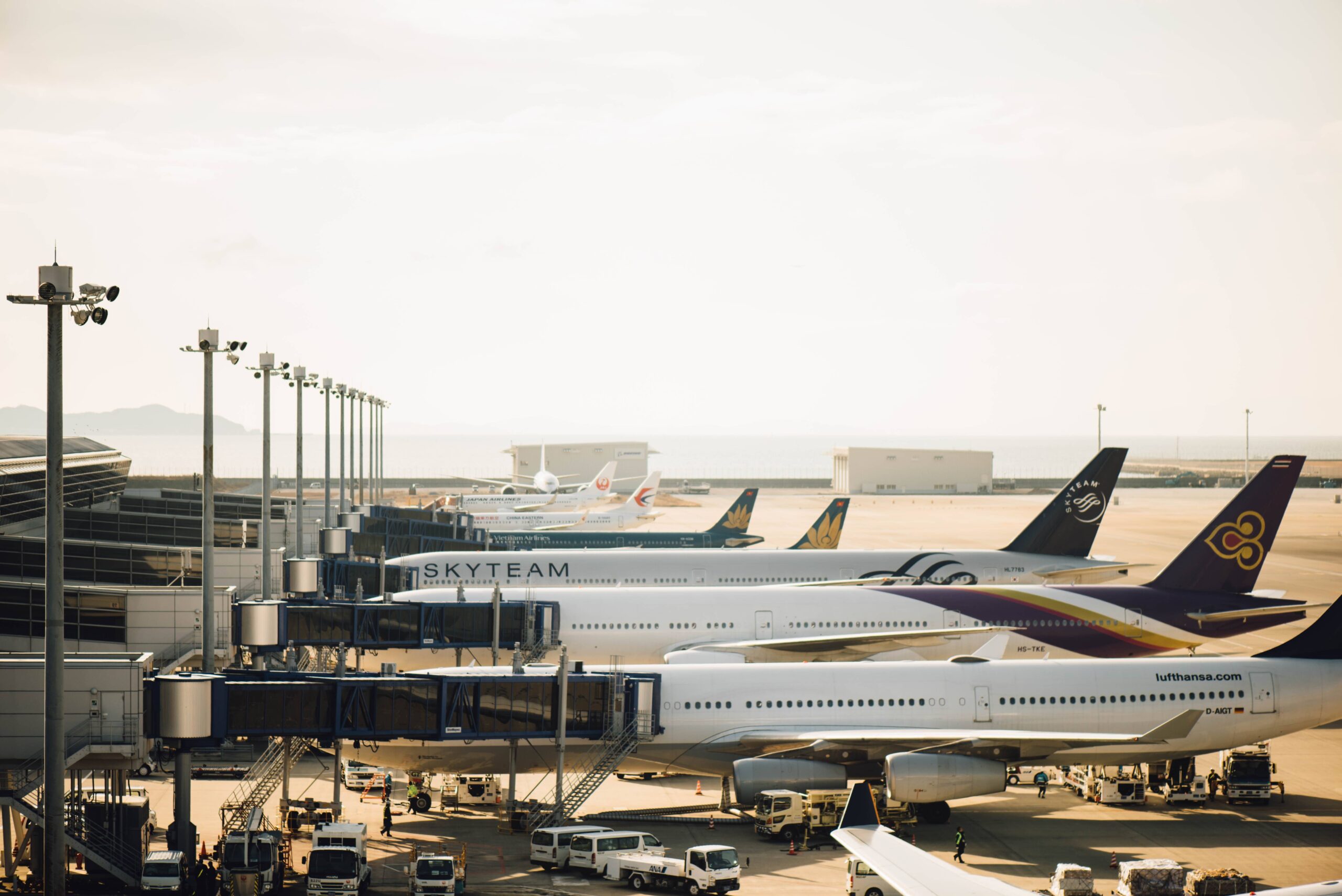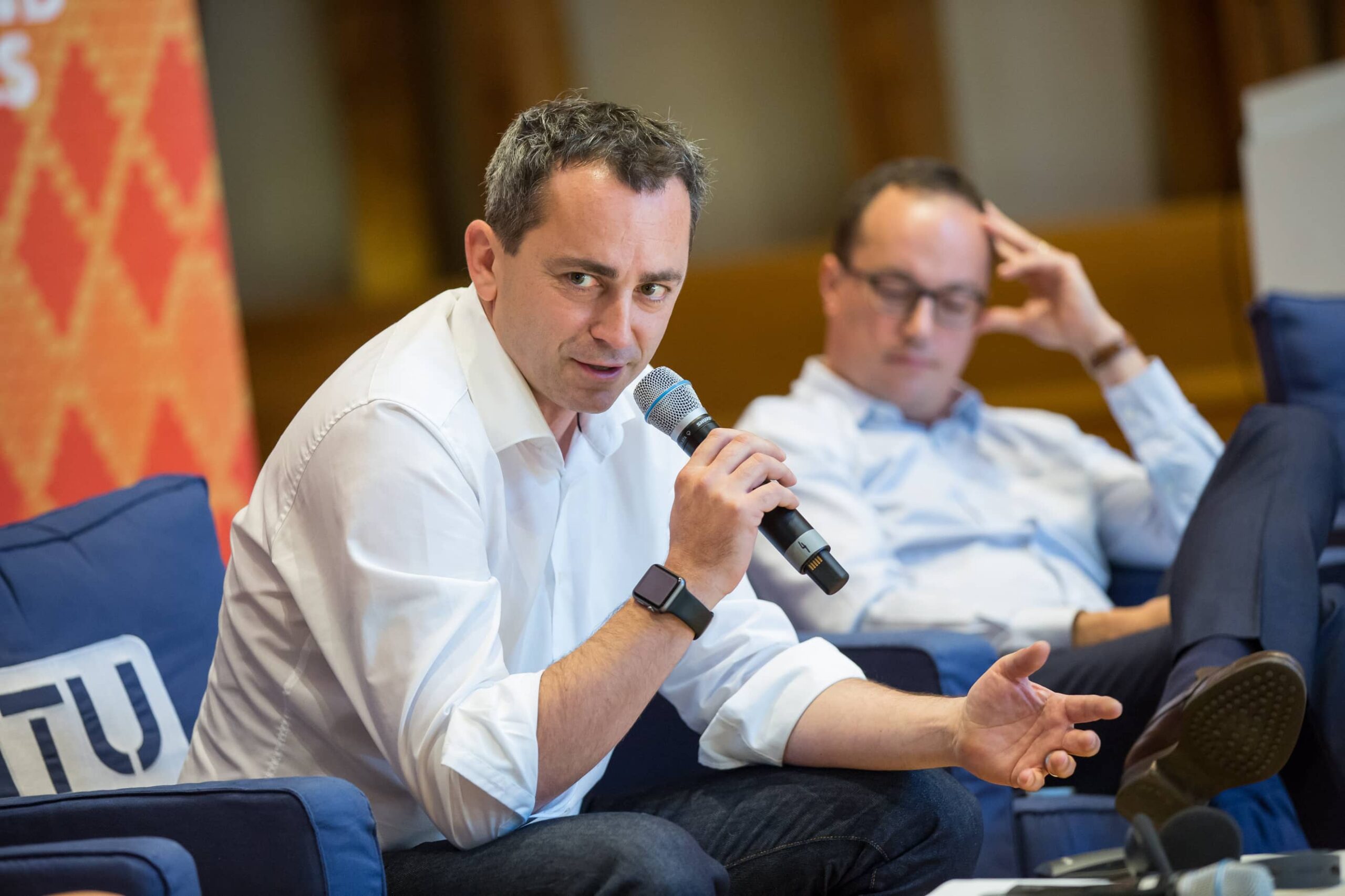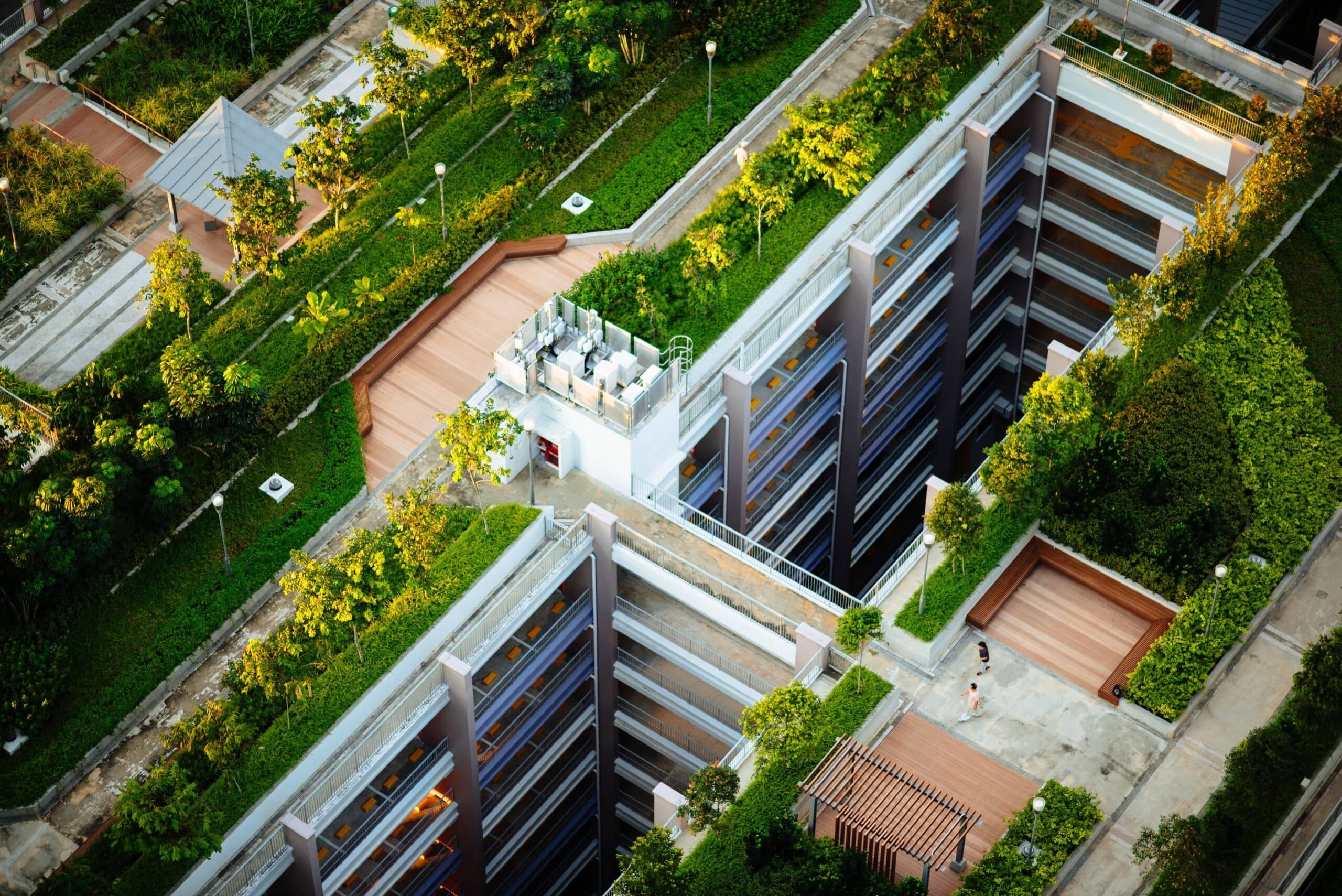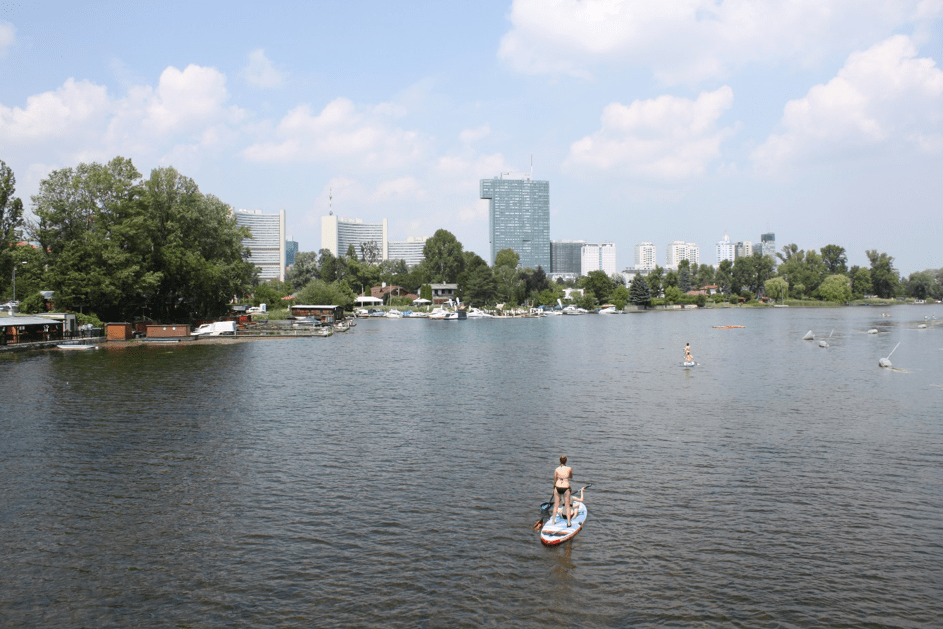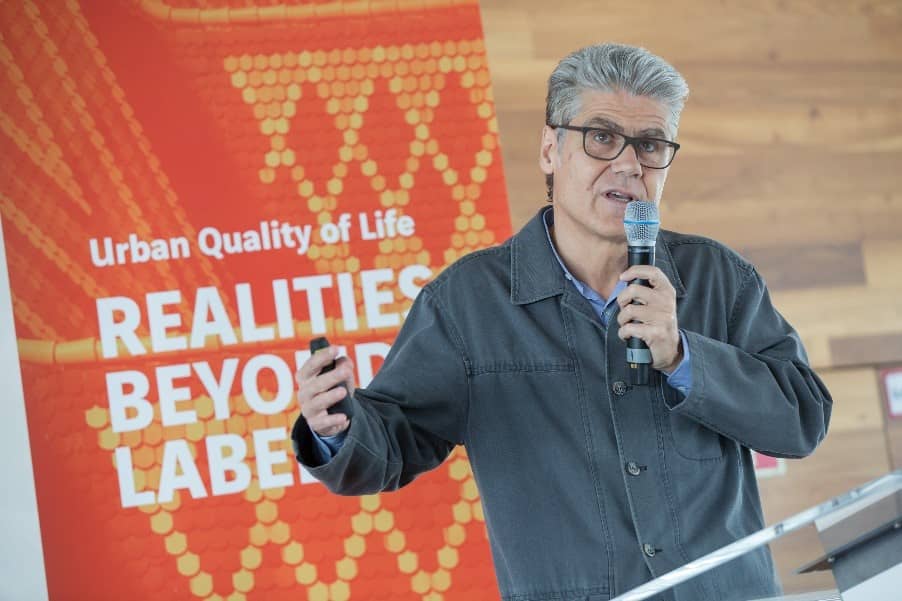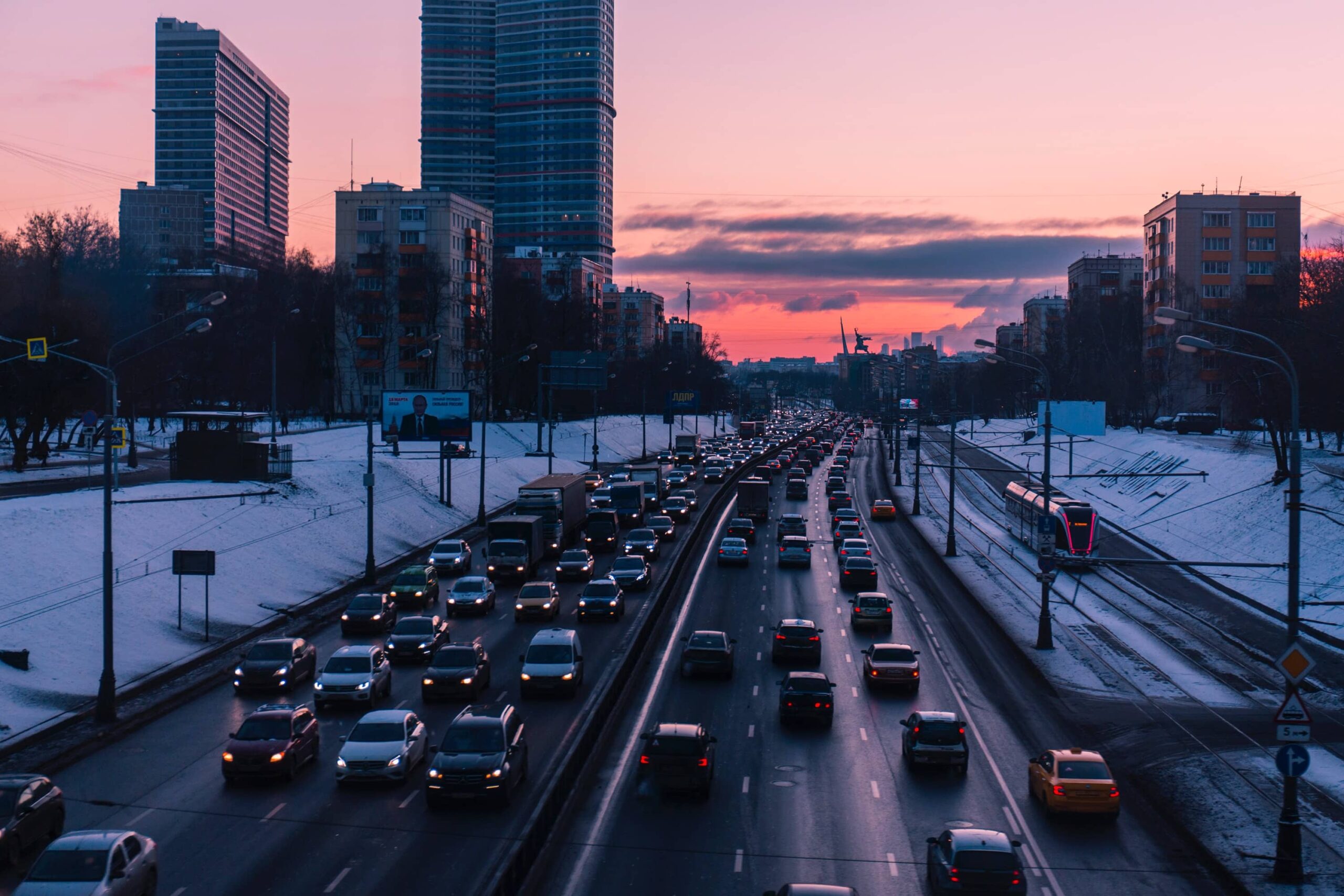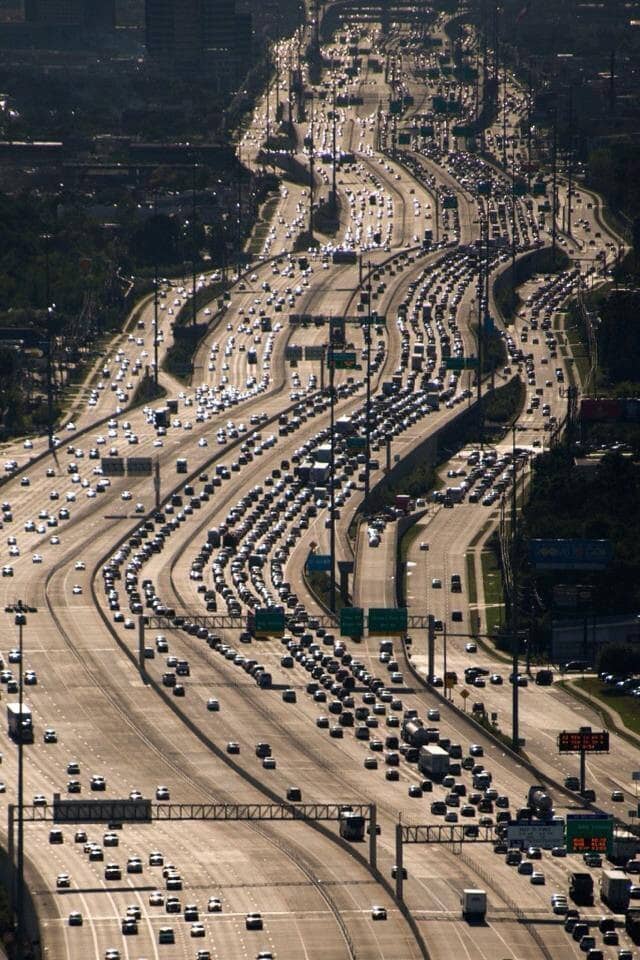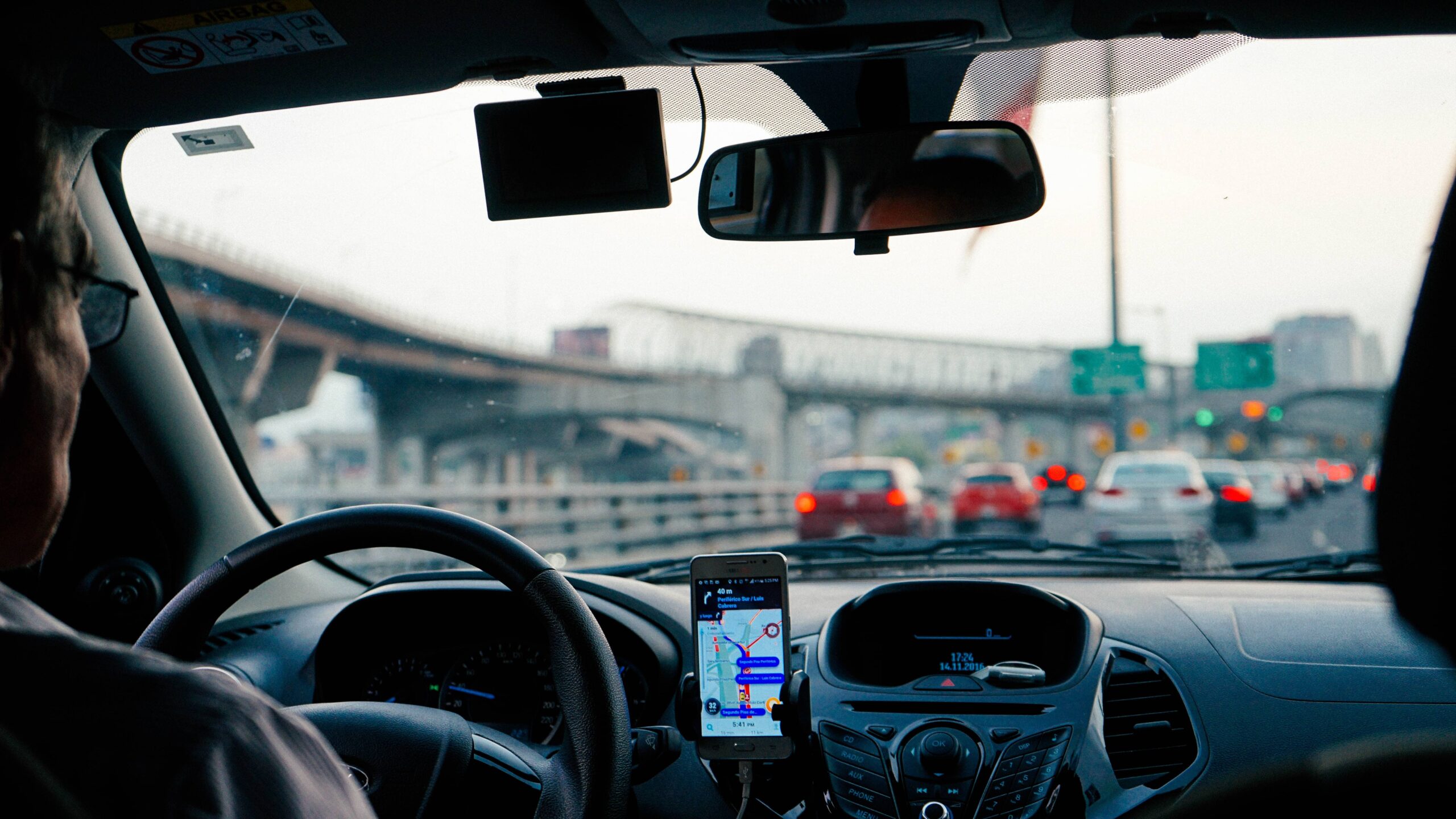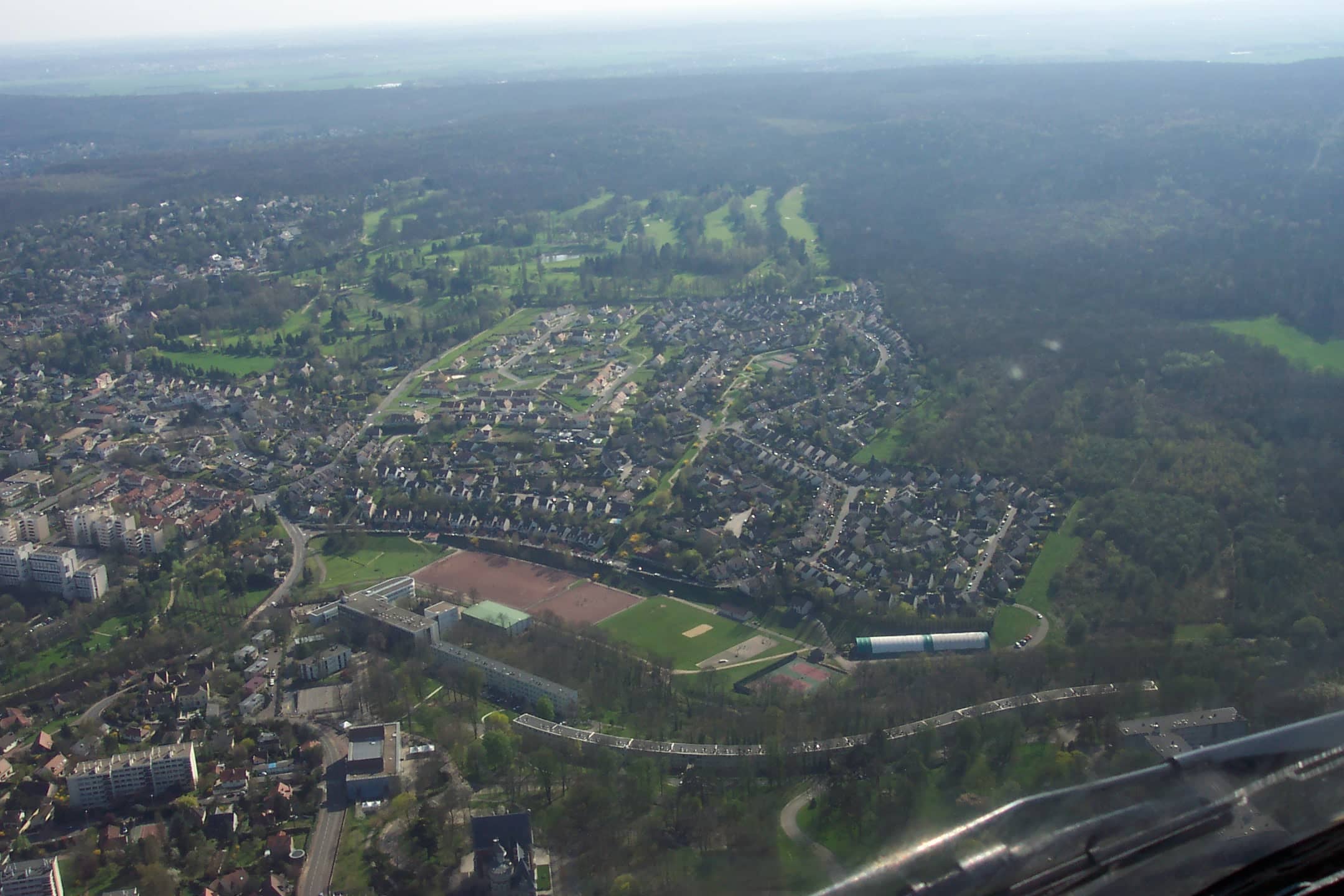

Expert viewpoint: Is efficient mobility a guarantee of quality? Guillaume Malochet
Electric scooters, bike share systems, car-pooling or car-sharing, etc. There are so many modes of transportation that were unknown or embryonic only a few years ago. The way we travel and our use of mobility are undergoing rapid change and the search for an optimum between quality and efficiency in journeys is becoming increasingly urgent. These developments mean that mobility has to be reviewed, as it has now become a guarantee of quality of life. The efficiency of mobility is no longer considered solely in terms of timeframes (travelling quickly) but also in terms of well-being and social and environmental impact (travelling more effectively). La Fabrique de la Cité met Guillaume Malochet, head of strategic marketing at Eurovia, for his insight into the possible interconnections between mobility efficiency and quality at a time when mobility practices are constantly changing.
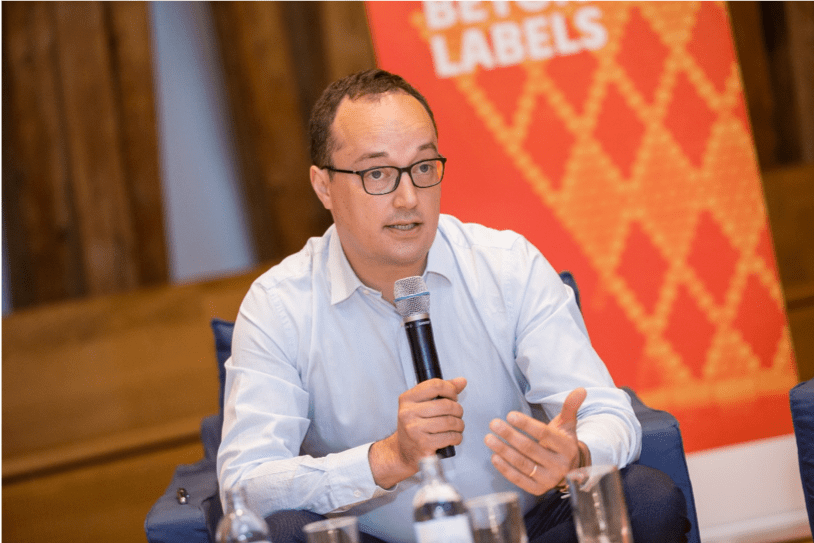
What is efficient mobility?
GM: There are several ways of considering efficiency. The first, and most obvious, is the reduction of journey times, by using modes of transportation that allow a person to go faster from point A to point B in a given situation. Depending on the situation, this may be by bicycle, exclusive bus lanes, underground train…or car!
The important thing is to be able to make an informed choice between all possible options. This choice is increasingly based on real-time information which can be accessed via our Smartphones and well-known applications such as Waze, Uber, and Citymapper.
Along the same lines, efficiency can also be defined as the availability of all modes of transportation, on demand. I want to go from A to B, a range of options are available to me, all of which are efficient. My choice will be based on personal criteria: Am I willing to pay for one mode? Am I interested in protecting the environment? Do I have luggage, a pram, children?, etc.
Efficient mobility is above all a seamless experience.

Lastly, if, rather than considering the individual mobility experience, we look at the system which organises mobility in a given local area, the system is efficient if it successfully strikes a balance between the flows, an optimum, as economists would call it. This optimum takes into account the infrastructure networks, network congestion, any breakdowns, pendulum movements, weather conditions, etc. The question that should be raised is as follows: is the goal of individual efficiency a guarantee of optimal service quality for all? Can we believe in the existence of an invisible hand that matches the individual optimum with the collective balance? From an urban planner’s point of view, this question means: how can mobility systems adapt with a view to achieving more efficient mobility for all? How can mobility infrastructure adapt to individual uses?
Mobility infrastructure must deal with which developments?
GM: I think that we can observe three major changes in use today. The first is the increase in on-demand mobility. 21% of people living in the Paris region used a private hire vehicle with driver last year for their daily journeys, while only three years ago, the percentage was marginal. The second change is the rise in shared mobility. 10% of people living in the Paris region aged over 18 took part in car-pooling at least once in 2017. Lastly, mobility is becoming increasingly co-modal. Users combine the use of the different modes and types of transportation infrastructure. 30% of people living in the Paris region aged over 18 have a motor vehicle and a public transportation pass and use both modes regularly.
What do these developments mean for transport infrastructure?
These new ways of understanding and organising our mobility have two major consequences on infrastructure. Firstly, infrastructure must adapt so that it can be shared more. It must allow for a coexistence between the different modes of transportation, while ensuring safety and preventing possible conflicts of use.
Infrastructure must adapt so that it can be shared more. It must allow for a coexistence between the different modes of transportation, while ensuring safety and preventing possible conflicts of use.
Infrastructure must also be reviewed to make room for other uses than those solely devoted to travel. Streets must be open only to pedestrians and cyclists on certain days of the year, for example. Cities such as New York, Buenos Aires and Bogota, with the Ciclovia project, have worked towards this in recent years by closing a network of streets to cars on certain days in order to place pedestrians and soft or shared mobility modes at the centre.
These developments have not occurred without a hitch, however. Some believed that the sharing of public space between the different forms of transportation infrastructure was an actual Streetfight, to use the title of a book by Janette Sadik-Khan, head of the transportation department of New York City from 2007 to 2013, during Michael Bloomberg’s last two terms of office.
Secondly, mobility infrastructure must reinvent itself to provide other services. I am thinking specifically about the changes that may result from the development of autonomous vehicles. To travel around, they will definitely need to be interconnected. Yet they will also have to ensure a connection with the infrastructure in which they are travelling. Roads must be equipped, for example, with roadside units. Road markings must be smart. Road surfaces must be absolutely perfect. Who will guarantee that autonomous vehicles can use the roads safely? In the event of an accident, infrastructure operators will be on the front line: today, if you have an accident, it’s simple. You are responsible as you lost control of your vehicle. Tomorrow, with autonomous vehicles, you could blame the accident on the operator who did not repair potholes in its infrastructure.
Who can take responsibility for mobility infrastructure today?
In these great projects to review mobility and its organisation, one question remains: do we have the financial resources to meet our ambitions? Who can carry the burden of these developments? Quality comes at a cost, whether for mobility or other services…
Do we have the financial resources to meet our ambitions? Who can carry the burden of these developments? Quality comes at a cost.
It is no longer possible today to establish clear borders between the private and public sectors. In this situation, which public-private partnerships can be devised with a view to reviewing mobility? Which investments are the priority and who can carry the burden? Ultimately, how can we ensure that mobility remains a right and that this right can be exercised in a satisfactory and efficient manner, without discrimination between users?
The challenges that we must meet require us to be imaginative above all.
Find this publication in the project:
These other publications may also be of interest to you:

Sending out an SOS

Behind the words: telecommuting

Behind the words: urban congestion
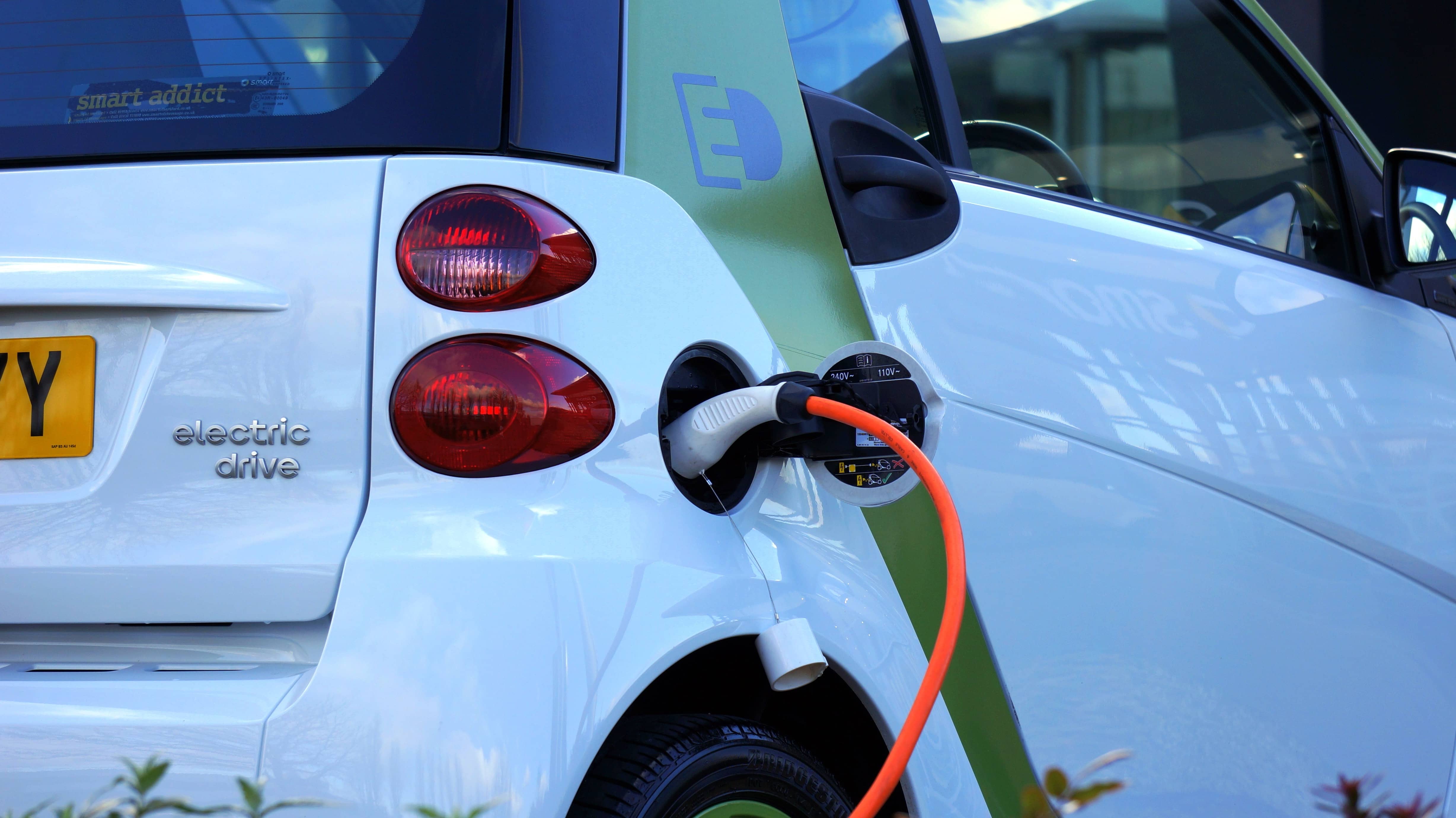
The political and technological challenges of future mobilities

Inventing the future of urban highways
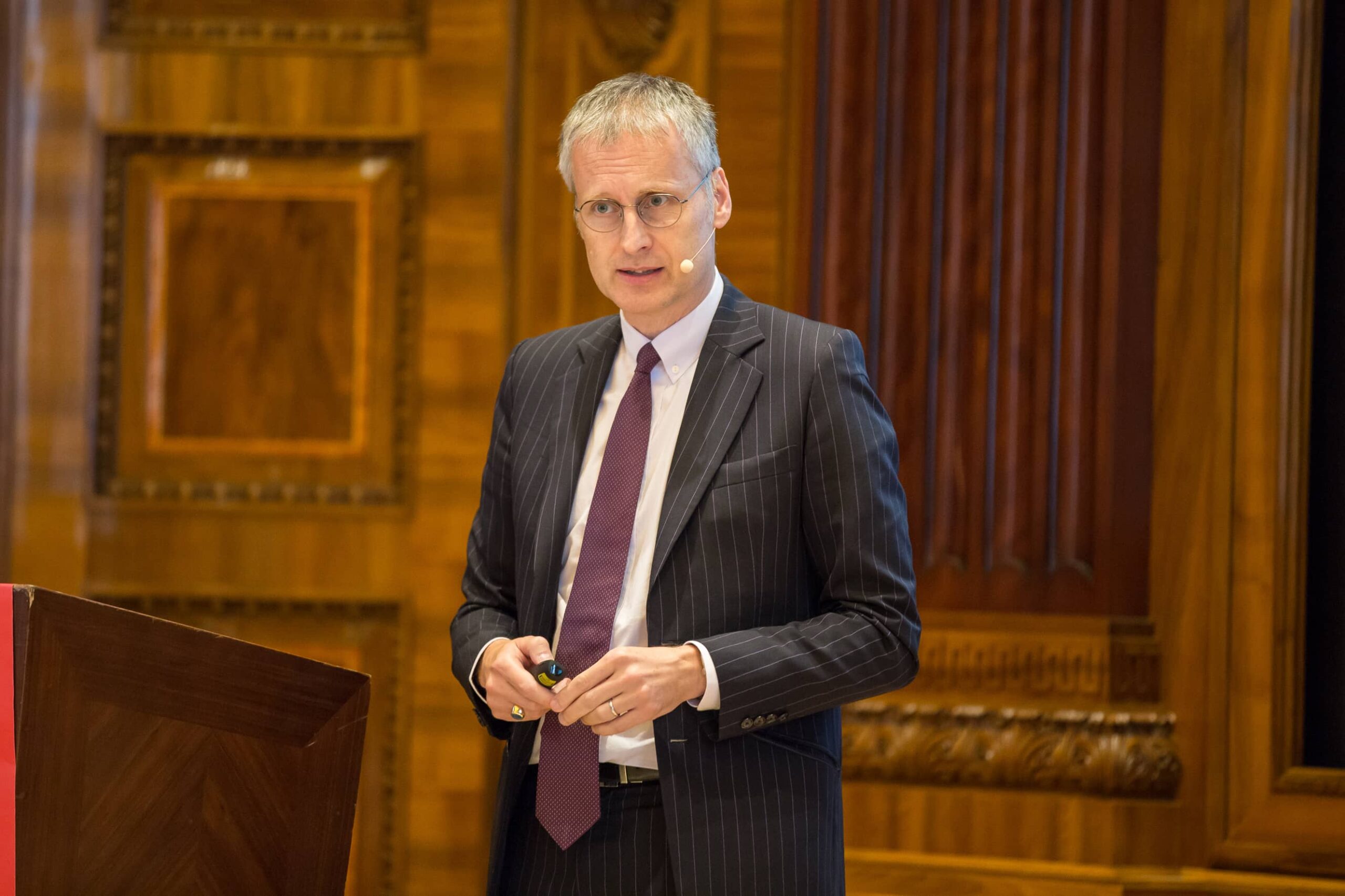
Viktor Mayer-Schönberger: what role does big data play in cities?
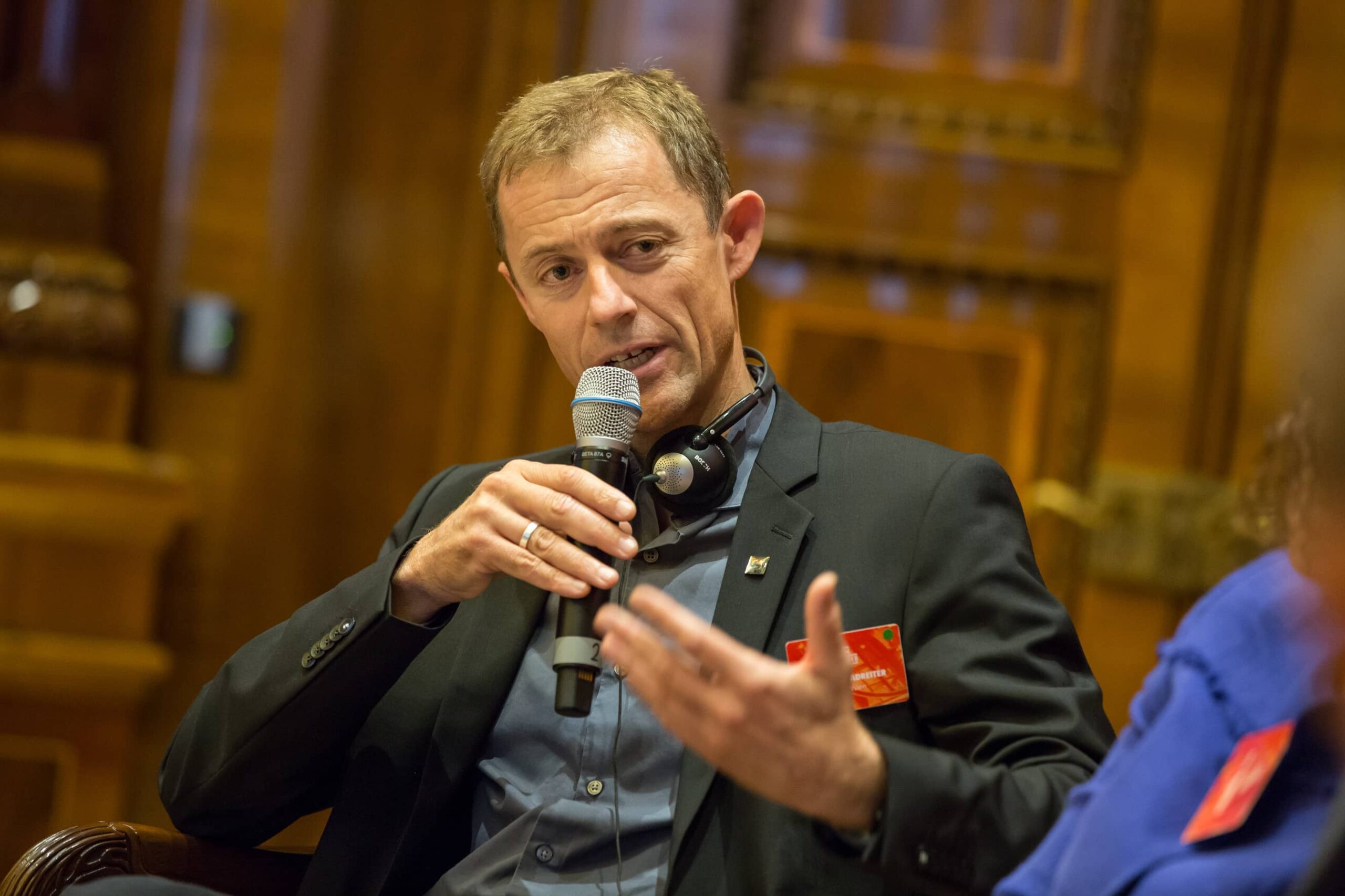
Thomas Madreiter: Vienna and the smart city
“Dig, baby, dig”
La Fabrique de la Cité
La Fabrique de la Cité is a think tank dedicated to urban foresight, created by the VINCI group, its sponsor, in 2010. La Fabrique de la Cité acts as a forum where urban stakeholders, whether French or international, collaborate to bring forth new ways of building and rebuilding cities.















